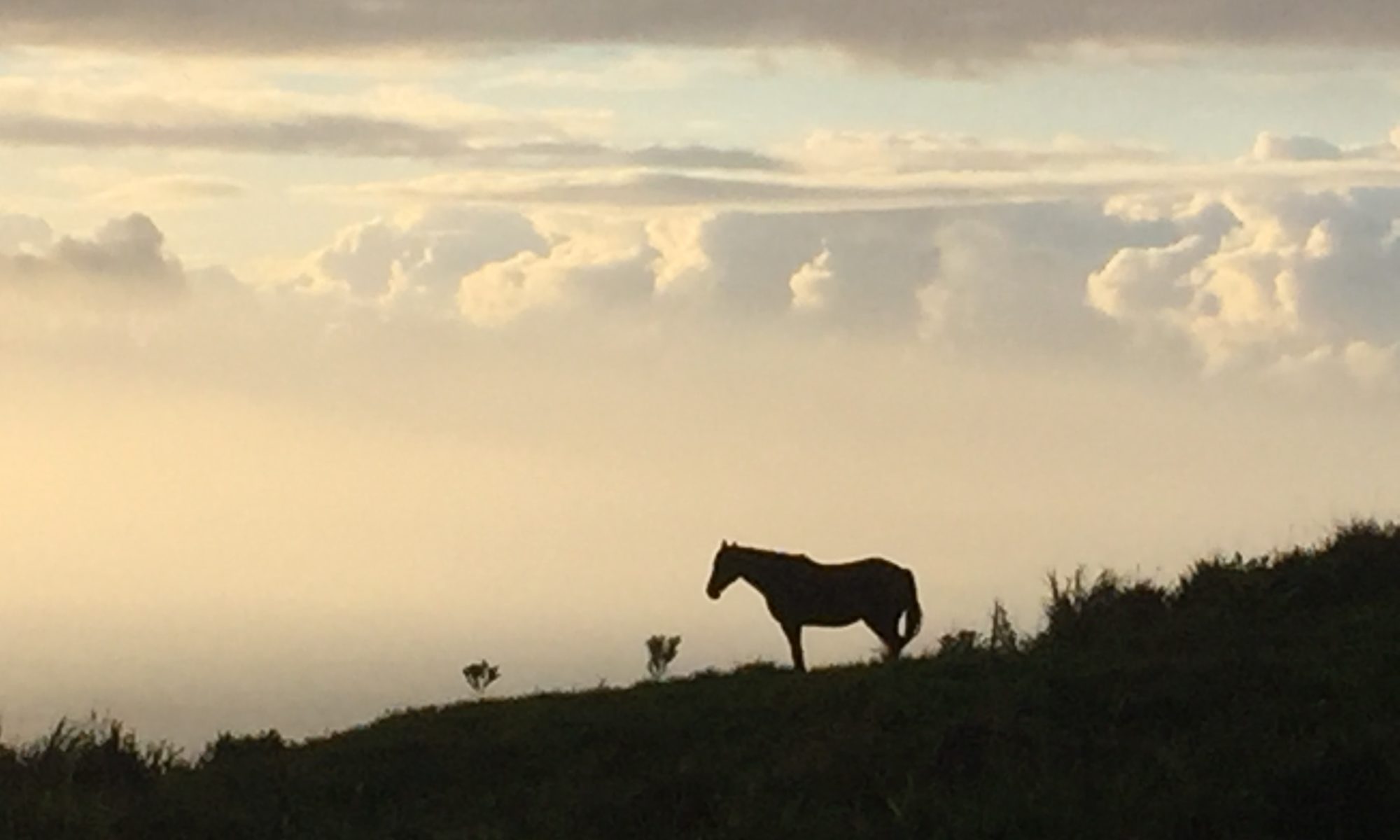The above image: “Depicting a topic as expansive as inequality in a single frame is a challenge, especially since unequal experiences are often lived adjacently, but separately. Photographer Johnny Miller has successfully achieved a method of visualizing inequality—by using a drone to spotlight from above how rich and poor can inhabit spaces that are right next to each other, but so different.” Continue reading “Inequality, Poverty, and Injustice; a problem of too much and not enough.”
Real Progress
Progress is difficult even in the best of times, and this is far from the best of times. Increasingly I am shocked and dismayed by actions of Republicans in control of our government. No only are some people doing things that are unethical but some verge on criminal, certainly unconstitutional. Continue reading “Real Progress”
Global Water Crisis
“The global water crisis – caused by drought, flood, and climate change – is less about supply than it is about recognizing water’s true value, using it efficiently, and planning for a different future.” Continue reading “Global Water Crisis”
Drawing down atmospheric carbon
There are two ways of addressing rising concentrations of atmospheric carbon; reduce the amount of carbon emissions or increase the amount of carbon removed from the atmosphere. Most of our efforts have been focused on reducing emissions. I’d like to shift the conversation to drawing down atmospheric carbon dioxide. Continue reading “Drawing down atmospheric carbon”
Global Pandemics
On July 19, 2019 WHO Director-General Dr. Tedros Adhanom Ghebreyesus declared the Ebola virus disease (EVD) outbreak in the Democratic Republic of the Congo (DRC) a Public Health Emergency of International Concern (PHEIC). “It is time for the world to take notice and redouble our efforts. We need to work together in solidarity with the DRC to end this outbreak and build a better health system”.
How much does cruelty cost?
Some people may have caught a recent news story about animal abuse at Fair Oaks dairy farms in Indiana. The video was part of an undercover operation to show how animals are really treated at Fair Oaks Farms. “Fairlife was launched in 2012 as a partnership between Coca-Cola, which distributes its products, and the McCloskeys’ Select Milk Producers, a co-op of dairy farms that includes Fair Oaks. The product is a form of “ultrafiltered” milk that is lactose-free and has more protein and calcium and less sugar than traditional milk.” Fairlife and owners of Fair Oaks dairy are being sued by a consumer of Fair life dairy products who says he was deceived by claims it provided a high caliber of care for its animals.
The Reality of Climate Change

Problems have solutions; dilemmas have consequences! The reality of climate change can’t be avoided but the consequences for humans and other life forms can be made worse by our decisions. There is a difference between solving problems and living with consequences. Solving problems means we can try to fix what is wrong. Living with consequences means we must face the reality of our situation. The reality of climate change is already impacting the hydrologic cycle—increased precipitation, evapotranspiration, runoff, and river flow— but we can make our situation worse.
Cigarette Butt pollution
There are many substances that get deposited on streets and little of this pollution is removed from stormwater before being dumped into rivers. Street Department personnel spread salt and sand on icy roads in winter. People throw trash and cigarette butts out their car window or it blows out of the bed of trucks. Vehicles leak oil and other lubricants, tires shed hydrocarbons, and exhaust pipes emit gases and fluids. There are many substances that unintentionally and intentionally get washed down the drains and into storm sewers that feed downstream drinking water. All of these substances accumulate on roads along with natural debris such as sticks, leaves, and dirt.
Earth Day
April 22 is Earth Day and next year marks its 50th anniversary. It seems a good time to pause and think about what we have accomplished and where we go from here. How has Earth Day changed since it’s conception and have we reached any of its original goals?
Food for a small planet
What do people eat across the world? An excellent photographic answer to this question was provided by Californian photographer Peter Menzel who visited 24 countries for the book “Hungry Planet” . The thing I found most interesting from his photographs was the difference in the percentage of whole food vs. processed food that make up diets across the world. Americans eat mostly processed food and very little whole food. Continue reading “Food for a small planet”









